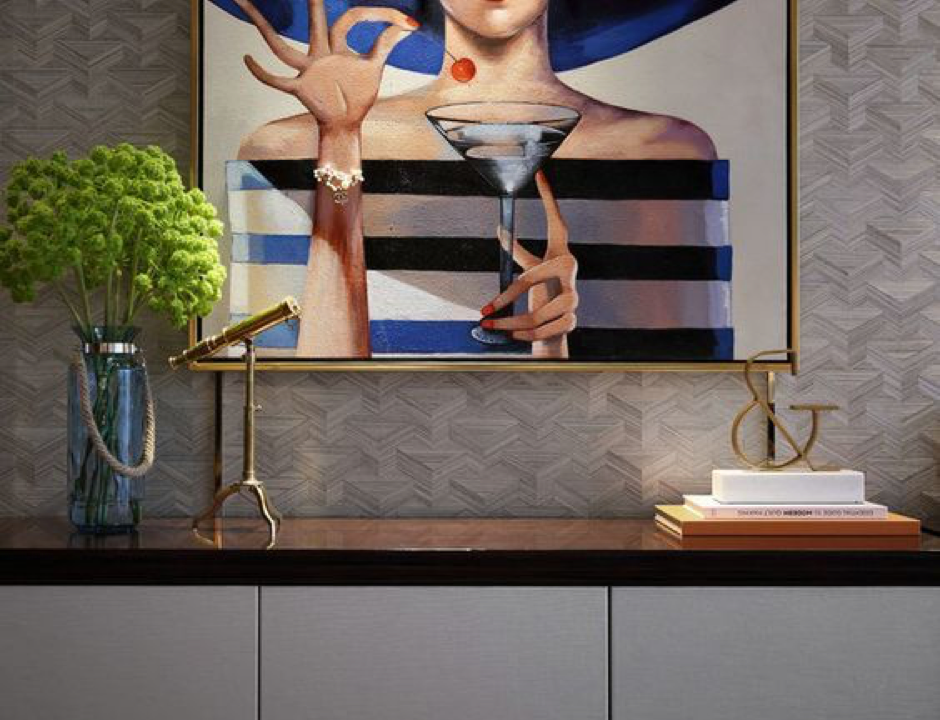If you’re scratching your head over why the decor in some of the spaces in your home leaves you feeling slightly disadvantageous, a redress — or at least an elaboration— may be just a few moves away, small touches. Whether it’s an unequal room, a paint color you’re not quite sure about or throw accessories that refuse to match right no matter how many times you sort them, here are the tweaks and tricks that can help turn your questionable decorating decisions into resounding wins.
Your living room doesn’t feel cozy
We want friends to be impressed by our home’s public spaces and sometimes to relax and enjoy the atmosphere but often style takes precedence over comfort and we end up with a dressy room that feels stiff and unwelcoming. The living room is a key space for many homes, simply because it’s a place where multiple people tend to gather and, well, live. The living room may double
The trick is: The problem may simply be in how the furniture is positioned. Seating should be arranged in a way that encourages social interaction. When deciding where to put sofas and armchairs, imagine how sitters will communicate with one another. Put seating close enough to encourage conversation rather than back against the walls, which can leave you with a no-man’s land in the center of the room.


You can’t get the hang of hanging art
Whether art to you means canvas or framed prints, blown-up photographs, a priceless original its impact depends on the way it’s displayed.
What to do: If art is a defining feature in your home, calling upon the services of a professional hanger is a good investment. A common mistake is hanging art too high. Consider the human scale and hang artwork with the center point at eye level in spaces where people stand, and lower where it’s viewed from a seated position.


Your ‘focal points’ are all over the place
If you walk into a room and nothing — or everything — catches your eye, then it has no focal point. This much-used designer’s term simply means a primary place for the eye to rest before taking in the whole space. A room without one lacks life, balance, and harmony.
What to do: A focal point could be an architectural feature, a view, a piece of art, a fireplace, a statement furniture piece, a mirror, a textural surface or a stunning rug, as seen here. It’s easier to start with a focus and plan the rest of the room’s decor around it. If you prefer to work with what you already have, decide what the focal feature will be and then arrange existing furniture to direct attention toward it.
Explore Art furniture pieces that will inspire you to think outside your comfort zone. Some of the most beautiful colors, shapes, and concepts imaginable that shape contemporary furniture.

You can’t control your pillow habit
We all know that pillows add a nice combination to your sofas and accessories.
What to do: Pillows heaped high on sofas, chairs, and beds don’t always add much to a room. If you can’t sit on a sofa or lie on a bed without putting pillows on the floor, they lose their purpose. Try to restrict pillows to two at each end of a sofa, one (or none) on an armchair and three on a bed.


You haven’t changed anything in years
You could just be tired of the same old, same look. We all have favorite styles, but it’s easy to get stuck in a groove.
What to do: Shake things up. Turn it into a mess, to recognize it from the beginning. Reignite your passion and inject new energy and interest into your home by mixing up what you already have or adding some inexpensive new accessories, new paintings, or even some new cushions. Change bedding and move houseplants, chairs, lamps, and rugs around. Reposition furniture for a fresh perspective — it’s the easy step and at the same time it’s really fun.


Your shelves overflow at the seams
Putting every ornament, a special piece you own on open shelves often leads to a distracting mishmash of nondescript items. Serious and unique sorting is needed to create some focus.
What to do: I recommend organizing the pieces by the priority and specialty, then letting the rest go. Another motto may be “Beautiful, interesting or out.” Empty your shelves and create “yes” and “no” piles. You don’t have to throw items away, but this is a good chance to do the Kondo. The shelves are seen here make clever use of space in a way that enhances every object.
Once you’ve reduced your candidates to the beautiful and meaningful, let them shine. You might want to paint the back of the shelves to emphasize lovely shapes and colors among your chosen collection; white items against a dark shade really stand out. Avoid highly patterned or textured backgrounds since they can be confusing to the eye.
Rather than lining books up soldier-style, stack some to form bookends and mini shelves, choosing intriguing titles and spines that coordinate with your display.



Comments
Sorry, the comment form is closed at this time.